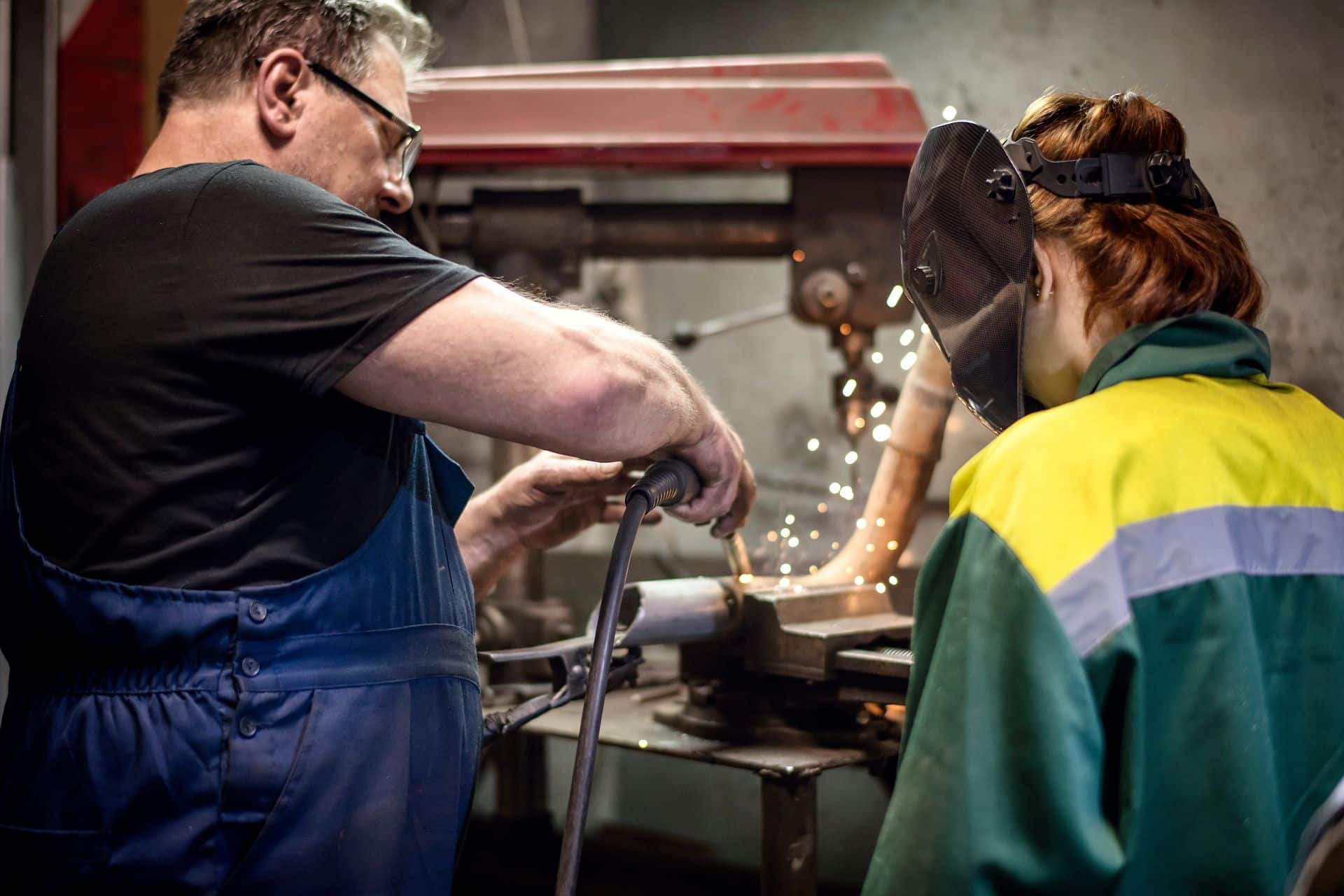Metal fabrication is a fascinating field that involves creating structures and components from raw metal materials. It combines a variety of techniques to cut, shape, and join metal into intricate and durable products. Whether it’s for a small home project or a large industrial build, understanding these methods can be incredibly useful. By mastering these techniques, you can turn raw metal into functional and beautiful creations.
There are three main types of metal fabrication techniques: cutting, forming, and joining. Each type has its own set of methods and tools, making it suitable for different applications and materials. For example, laser cutting and plasma cutting are popular methods for cutting metal with precision, while bending and stamping are key forming techniques used to shape metal. Welding, riveting, and adhesive bonding are common joining techniques that hold metal pieces together securely.
Knowing how these techniques work and when to use them can make all the difference in the success of your project. Whether you’re a beginner or an experienced fabricator, understanding these essential methods will allow you to choose the best approach for your specific needs. This guide will help you navigate through the basics and complexities of metal fabrication techniques, offering a solid foundation for your next project.
Introduction to Metal Fabrication Techniques
Metal fabrication is the process of creating metal structures through cutting, bending, and assembling. This craft turns raw metal materials into finished products, ranging from simple tools to complex machinery. Knowing the various techniques involved in metal fabrication helps us understand the meticulous work that goes into producing durable and functional metal items.
Several key techniques make up the metal fabrication process. These include cutting, forming, and joining methods. Each technique has its own set of tools and procedures, chosen based on the specific requirements of the project. By mastering these techniques, fabricators can ensure that their products meet high standards of quality and precision.
Cutting Techniques: Laser Cutting, Plasma Cutting, and More
Cutting is one of the first steps in metal fabrication, involving slicing metal sheets into specific shapes and sizes. There are several cutting techniques, each with its own advantages. Laser cutting is popular for its precision and clean edges. It uses a focused beam of light to melt and cut through the metal, producing intricate designs with minimal waste.
Plasma cutting is another commonly used method. It works by sending an electric arc through a gas, creating a plasma jet that can cut through thick metals quickly. This technique is ideal for projects that require speed and efficiency but may not need the same level of detail as laser cutting. Other cutting techniques include waterjet cutting, which uses a high-pressure stream of water mixed with abrasive materials to cut through metal, and traditional mechanical methods like sawing and shearing.
Understanding these different cutting techniques helps us choose the best one for our specific needs, ensuring efficiency and precision in every project.
Forming Techniques: Bending, Stamping, and Rolling
Forming techniques shape metal without adding or removing material, using force to mold the material into the desired shape. Bending is a straightforward technique where the metal is stretched or compressed along a straight axis to form angles or curves. This method is commonly used for creating brackets, frames, and enclosures.
Stamping involves pressing the metal into a mold, which shapes it into specific forms. This technique can produce intricate designs quickly, making it ideal for mass production. Items like metal clips, fasteners, and automotive parts often use stamping. Rolling is another forming technique where metal is passed through rollers to reduce its thickness or create uniform shapes like sheets or beams. Each of these methods plays a crucial role in the fabrication process, enabling us to create complex and precise metal products.
Joining Techniques: Welding, Riveting, and Adhesive Bonding
Joining techniques are essential for combining multiple metal pieces into a single structure. Welding is one of the most common methods, using heat to melt metal parts together. This technique is known for its strength and durability, making it perfect for constructing bridges, buildings, and machinery.
Riveting involves inserting metal pins called rivets into holes that connect different metal parts. The ends of the rivets are then deformed to hold the parts together securely. This method is often used in the aerospace and automotive industries. Adhesive bonding is another technique where special glues bind metal pieces together. While not as strong as welding or riveting, it offers a smooth finish and is useful for joining dissimilar materials. Understanding these different joining methods helps us choose the best option for our specific needs, ensuring the stability and longevity of our projects.
Conclusion
Understanding metal fabrication techniques is crucial for anyone involved in metalworking or looking to undertake a metal fabrication project. From cutting and forming to joining methods, each technique offers unique advantages and applications. Knowing these techniques helps ensure your project is completed with precision, efficiency, and durability.
Choosing the right fabrication services can significantly impact the quality and success of your project. At TriPoint Fabrication, we offer expert metal fabrication, laser cutting, and welding services to meet a variety of needs. Our skilled team is dedicated to delivering top-notch results for every project. If you’re ready to take your project to the next level, contact TriPoint Fabrication today to learn how we can help.


0 Comments